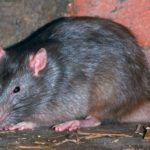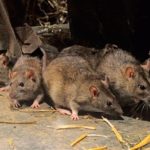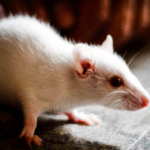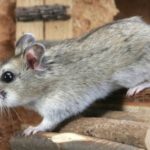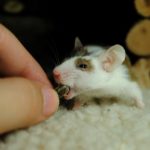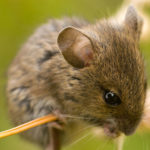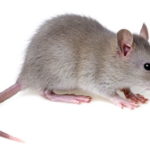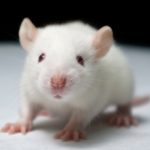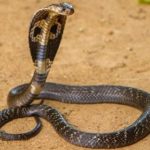Rats
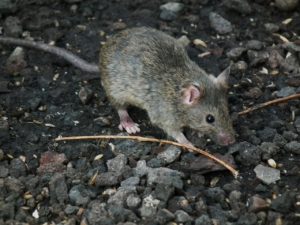 Rats live inextricably with a man from ancient times. Rats belong to the family of mouse, and have a southeast Asian origin. It is found on all continents and does not live only in polar and circumpolar regions, Antarctica and in the tropical region. Gray rats are quite mobile and active. However, their activity is manifested mainly in twilight and night time. They run fast – up to ten kilometers per hour and in one day can be about fifty kilometers. A gray rat jumps high to one meter, and in an emergency – above two meters. The rat can also climb on ropes and ropes, trees, pipes and so on, but is best able to move along the sewage pipes. – The rat is black.
Rats live inextricably with a man from ancient times. Rats belong to the family of mouse, and have a southeast Asian origin. It is found on all continents and does not live only in polar and circumpolar regions, Antarctica and in the tropical region. Gray rats are quite mobile and active. However, their activity is manifested mainly in twilight and night time. They run fast – up to ten kilometers per hour and in one day can be about fifty kilometers. A gray rat jumps high to one meter, and in an emergency – above two meters. The rat can also climb on ropes and ropes, trees, pipes and so on, but is best able to move along the sewage pipes. – The rat is black.
This species comes from India, the cosmopolitan – inhabits the whole world. Behavior, habits and external data is similar to a gray rat, but there are some important differences that you should pay attention to. The black rat is smaller in size: the body length is about thirteen to twenty-four centimeters, the length of the tail is about the same. The color of the fur on his back is dark and even black; On the abdomen – lighter, approaching white. Ears – large and thin, devoid of hair. Lives up to seven years. – small rat – common in Asia and even on islands – in the Philippines, New Guinea, New Zealand and many others up to Hawaii.
The rat is omnivorous and consumes almost everything. As a rule, they eat plants, as well as insects and their larvae, periodically eat the meat of dead animals. Great love for the animal protein is the gray rat, which can hunt small rodents, attack bird nests and is even capable of cannibalism.
Rats suffer hunger badly, dying without food after 4-5 days. And, of course, living inextricably with people, rats never refuse to themselves to enjoy their food. Therefore, a domestic rat usually has no trouble with something to eat.
In extreme moments, the rat can jump to a height of up to one meter. Once in 2003 in Yorkshire in England there was even a case when a frightened rat jumped to a height of almost four meters! They perfectly swim and dive well, can overcome water barriers up to eight hundred meters in width.
And rats are very good at recognizing and adapting to poisons and poisons that are used to destroy them. And this knowledge is somehow transferred to other generations of rats that have emerged from a generation of individuals who have tried poisoned bait and survivors – the next generation, as a rule, will be less susceptible to this poison.
For example, poisons, which in the forties of the 20th century were effectively etched with rats in Moscow, do not practically affect the rats of the capital of our time. If the individual was poisoned, but survived, it will bypass the bait with this type of poison.
Scientists at Oxford University also found that rats have abstract thinking, often no worse than a person.
